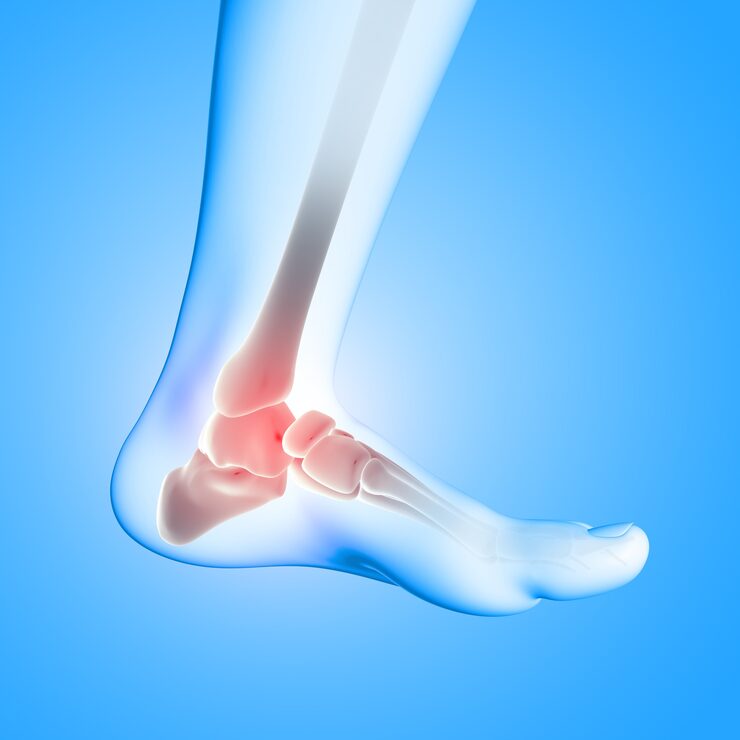If joint pain is getting in the way of your daily life, there are simple changes you can make to feel better. You don’t have to accept ongoing discomfort. By adjusting your habits, you can lower inflammation, reduce pain and swelling, and improve how you move.
Tackling the root causes of your pain should be your main goal, but small lifestyle changes can also boost your quality of life, increase your energy, and help you get healthier. Below are 10 practical steps to ease joint-related discomfort.

Lead a more active life
Whether it’s walking around your neighborhood, biking to work, or joining a gym, staying active helps ease joint pain. It’s tempting to rest when you hurt, but too much sitting can weaken muscles, cut mobility, and raise the risk of chronic problems. Break that cycle with regular light activity and gentle stretches.
Work on your posture
Around 20.3 million people in the UK have musculoskeletal conditions like arthritis, and inflammatory arthritis diagnoses in England rose by nearly 40% between 2004 and 2020. Improving your posture can help slow arthritis and relieve joint pain. Standing and sitting correctly reduces pressure on the spine, hips, and lower back, easing stress on your joints.
Pick low-impact exercises
Exercise matters, but choose low-impact activities that don’t repeat the same motions or overload your joints. Swimming, water aerobics, walking, and yoga are great options — they build strength without jumping or heavy weight-bearing.
Adjust your diet to fight inflammation
Some people turn to opioid painkillers, but those carry risks of addiction and other problems. A better long-term approach is an anti-inflammatory diet. Foods like nuts, seeds, oily fish, and dark leafy greens are rich in compounds that can reduce joint inflammation. Try to cut back on refined sugars and saturated or trans fats, which can increase inflammation.
Improve mobility, flexibility, and balance
Working on mobility and flexibility can increase your range of motion, lower inflammation, and ease swelling. Better balance helps prevent falls and injuries. Practices like yoga have been shown to reduce joint tenderness and swelling while helping mental well-being and easing arthritis symptoms.
Try non-invasive treatments
Non-surgical options can relieve joint pain. Acupuncture, massage, and physical therapy can reduce discomfort and inflammation. Hot or cold packs may give short-term relief after activity. Topical creams with anti-inflammatory ingredients and over-the-counter medicines like ibuprofen can also help.
Get enough sleep
Sleep isn’t a luxury — it’s essential. While you sleep, your body reduces stress and inflammation and repairs tissues. Aim for about 7–8 hours of good-quality sleep each night to support joint health.
Consider supplements carefully
Some supplements, like fish oil (omega-3), turmeric, and curcumin, may help reduce inflammation and support joint health. Remember that many supplements aren’t tightly regulated, so talk with your doctor before adding them to your routine.
Reduce stress
Stress can increase inflammation and make joint pain worse. Ways to lower stress include yoga, Tai Chi, regular exercise, meditation, and spending time outside. Find routines that help you relax and stick with them.
Work with a physical therapist
These tips can help, but it’s important to address the underlying cause of your pain. A physical therapist or arthritis specialist can create a personalized plan to treat your specific needs.